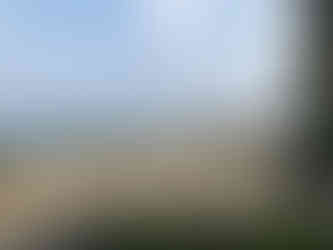Okinawa | The friendly cat of Cape Zanpa
- Quinten Nishime
- May 12, 2022
- 3 min read
Updated: Sep 5, 2022
Date I went: 03/30/2020
Youtube video:
Instagram: https://www.instagram.com/oritabi808/
Hello wonderful reader, today I will be traveling to check out Cape Zanpa, the tallest lighthouse in Okinawa!
Cape Zanpa: https://www.tokokai.org/tourlight/tourlight14/
The drive to the lighthouse is easy and relaxing. You don't need any reservations to go see it, just come, park, and explore the area at your leisure. It's about an hour away from Okinawa by car, and from my Airbnb in the Chattan area it took about half and hour. There is free parking as well!
Cape Zanpa Lighthouse (残波岬灯台)



It's quite picturesque sitting on the cliff here, and a friendly cat came to greet me upon my arrival. The cat even followed me around for a while (probably wondering if I had any treats). Zanpa Lighthouse is also 1 of 16 lighthouses you can climb in Okinawa; just pay a 300 yen donation. I did not climb it as Corona had shut this part of the lighthouse down.

This is a statue of a historical Okinawan figure named Taiki! He helped establish the first
trade relations between China and Okinawa in the late 14th century.
The rocks are very sharp and jagged outside of the trail, but there were a few fishermen who went out there to catch some dinner. The waves crash against the rocks here in a beautiful and majestic way.
Zanpa Giant Lion Statue (残波大獅子)



Close by the lighthouse is the largest Shisa in the world! I think it was about 15 feet tall at least... And there is the cool Okinawa Yanbaru boat structure next to the Shisa! They were used as merchant ships in Okinawa from the 15th to 19th centuries.
Here's an article I found with a little more information on these boats.
Royal Hotel OKINAWA ZANPAMISAKI Royal Hotel (沖縄残波岬)


Zanpa Beach (残波ビーチ)


I randomly stopped at the Royal Okinawa Hotel and Zanpa beach, which were in the area, just to see what they were like. The hotel really reminded me of Hawaii hotels with the open entrance and being beach front. Not much to report though. Zanpa beach had a lot of beach equipment int he water and on the sand, which I assume is for the hotel guests.
Ruins of a Stone Quarry on the Uza Coast (宇座海岸の石切場跡)


The last stop I made around this area was to the Ruins of a Stone Quarry on the Uza Coast. There is a neat description I found on google reviews regarding the stone Quarry.
"At low tide, a wide area of quarry traces will appear from the sea, from the Zanpa Cape area in Uza to Keiji Watanabe, Ritsumei, Takashiho, Namihei, and Namihei Isono. The stone-cutting industry on the coast started around the end of the Taisho era, It was done until the early Showa period when concrete blocks and cement became popular. In particular, the stone material on the Uza coast was called "Uza stone" because of its high quality. Cut out with a shichi etc. at low tide, The heavy stones cut out were loaded onto the carriage by the buoyancy of seawater at high tide. The stone was sold throughout Nakatou as a building material for mansion enclosures, barn walls, and tombs. At that time, in Yomitan, stone-cutting craftsmen, masonry craftsmen, and stone-carrying industries appeared as new industries. It became so popular that it formed a union."
- Local Guide, 浅井敏雄
























Comments